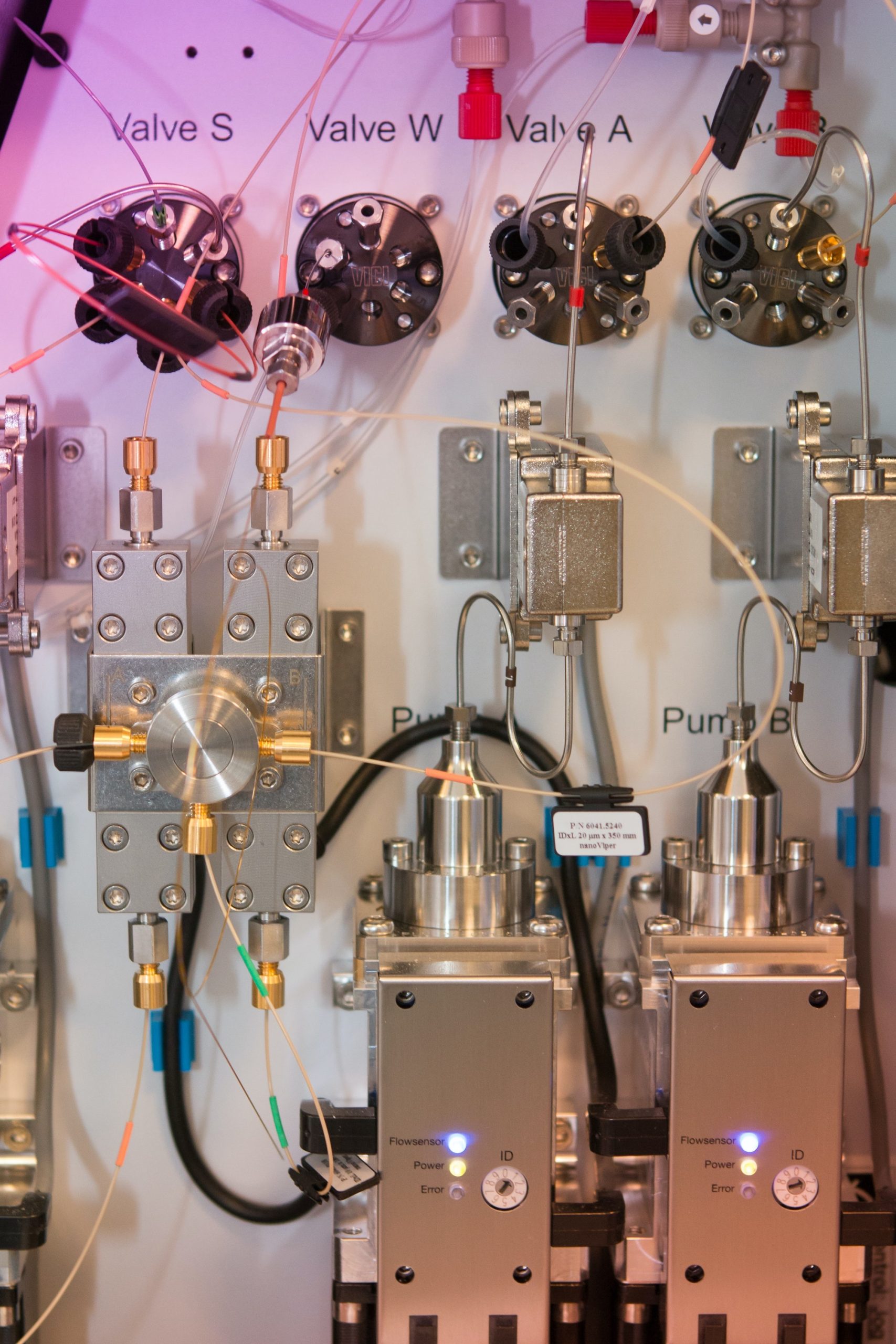Choosing a good pump manufacturer

If you are considering buying a pump, you know there are many aspects to consider. The flow rate, power, and efficiency will all play a role in which the pump you choose. Knowing more about these important parts will help you choose from the many pump manufacturers out there in the market as we know it. In this sense, there are so many manufacturers that offer and make different types of pumps all able to work to different applications. All of this is to be able to carry different roles for the end user.
Choosing the right centrifugal pump
Choosing a centrifugal pump from the countless options available can be daunting, but someone has to make the decision. Many factors, such as the required flow, differential pressure, and suction conditions must be weighed against the capital costs and cost of energy for the pumps considered. To determine the right pump, you must consider the overall cost of ownership, which includes capital cost, operating costs, and maintenance cost. This is all in how a pump is able to support a business.
System head curve
Every pump manufacturer would like to supply the perfect pump for every application they quote. However to do this, the manufacturer requires the future pump user to provide them with an accurate system head curve that describes the capacity and head needed for your operating conditions. In this section, we will define what a system head curve is. This will also look why they are important, and how they are generated.
The role of what the head curve does
A system-head curve is an analytical or graphical representation of the relationship between the flow and the hydraulic head requirements of a given piping system. Hydraulic head requirements are related to the suction head, the discharge head, and the hydraulic head losses of the piping system. Since hydraulic head requirements and losses are functions of the flowrate, size and length of pipe, as well as the size, number and type of fittings, each system head curve tends to have a unique shape.
Do not overlook the pipe width and size
Velocity of liquid in pipes ranges between 3 to 10 feet per second (ft/sec). If the velocity is too slow, the dirt, sludge or other contaminants can settle. If flow is too fast, abrasive wear will reduce the life of the pipe. Plant designers are familiar with the specific concerns for each application. A sludge stream will have a larger pipe than a clean water application. But for a “nonexpert,” a good starting point could be, say, 5 ft/sec. Solving for pipe diameter (1,000 gpm, 5 ft/sec), we get d = 9.1 inches, so we round it to 10 inches to fit available pipe sizes.
Diaphragm Pumps
Also known as a membrane pump, a diaphragm pump is a mechanism that involves the reciprocating action of a set of diaphragms to move the fluid. As fluid enters one chamber, it forces out fluid from the other chamber in a cycle. Because there are no moving parts within the diaphragm chambers themselves, these pumps are useful for pumping liquids with high solid content or high viscosity, such as chemicals, paints or syrups.
Circulating Pumps
Rather than moving liquid from one place to another, a circulating pump is used to circulate fluids. All of this is within a specific system. Circulating pumps are commonly used in water heating systems. This is to ensure the hot water is equally distributed with incoming cold water to maintain a constant temperature. A circulating pump is also useful for moving water throughout a pond for oxygenating the water or for ensuring chemicals that are mixed into a container get evenly distributed.
The wider role in place for vertical pumps
The vertical sump pumps are commonly used in many sumps (tanks, vessels, reservoirs or similar), where the sump pump is suspended from the top. The electric motor driver is usually installed at the top of sump on an assembly (or base-plate). One of these practically covers the sump (that could be beneficial from safety point of view). This vertical pump can use the same impeller and casing as the suction-end pumps. The discharge nozzle on the pump casing is usually horizontal. Most often discharges into an elbow that connected to a vertical pipe.
Choosing the right pump in line with application
The application details and the operational experience. A pump shows different behaviour and performance in different systems. In other words, the application details (the details of the pumping service) can affect both the pump performance. Unfortunately, in many cases, pumps are purchased by pump-purchasers or package-engineers. This is as isolated equipment without sufficient attention to the operational details. This is also because of the experiences gained from the pump operations in the similar services or operational details.
There is a trend toward cost reduction within many pump manufacturers which sometimes could be damaging for all involved parties. This trend within many pump manufacturer teams has been originated from different sources, but mainly from the selection of the pump manufacturer based on the lowest price.
Making sure you have the right spec for your pump
As a result of this trend, a proper specification and all required details should be noted. This is for each pump and every single requirement should be raised, discussed and confirmed. It is to be noted by pump manufacturers in a proper format. This is to make sure that all requirements are considered and all associated costs are included in the proposal price. Otherwise, it may result in long(sometime intense) discussions after the pump order. Good pieces of information which should be asked and evaluated in the pump bidding process are the pump shaft diameter,the pump shaft length and the bearing details (including bearing sizes).
Best advice when it comes to buying a new pump
To successfully select the perfect pump and pumping system, the pump engineer must look at the whole picture, which includes the suction piping system, the process design requirements, the overall goals of the project engineer and the maintenance engineer. Do not work in a vacuum. Today, employers highly regard employees that work well in team settings. We all need to work together and pull together—hopefully all in the same direction. I am hoping this pump analysis calculator will enlighten and encourage readers. This is to better understand their pumps and select their pumps for the right reason.



